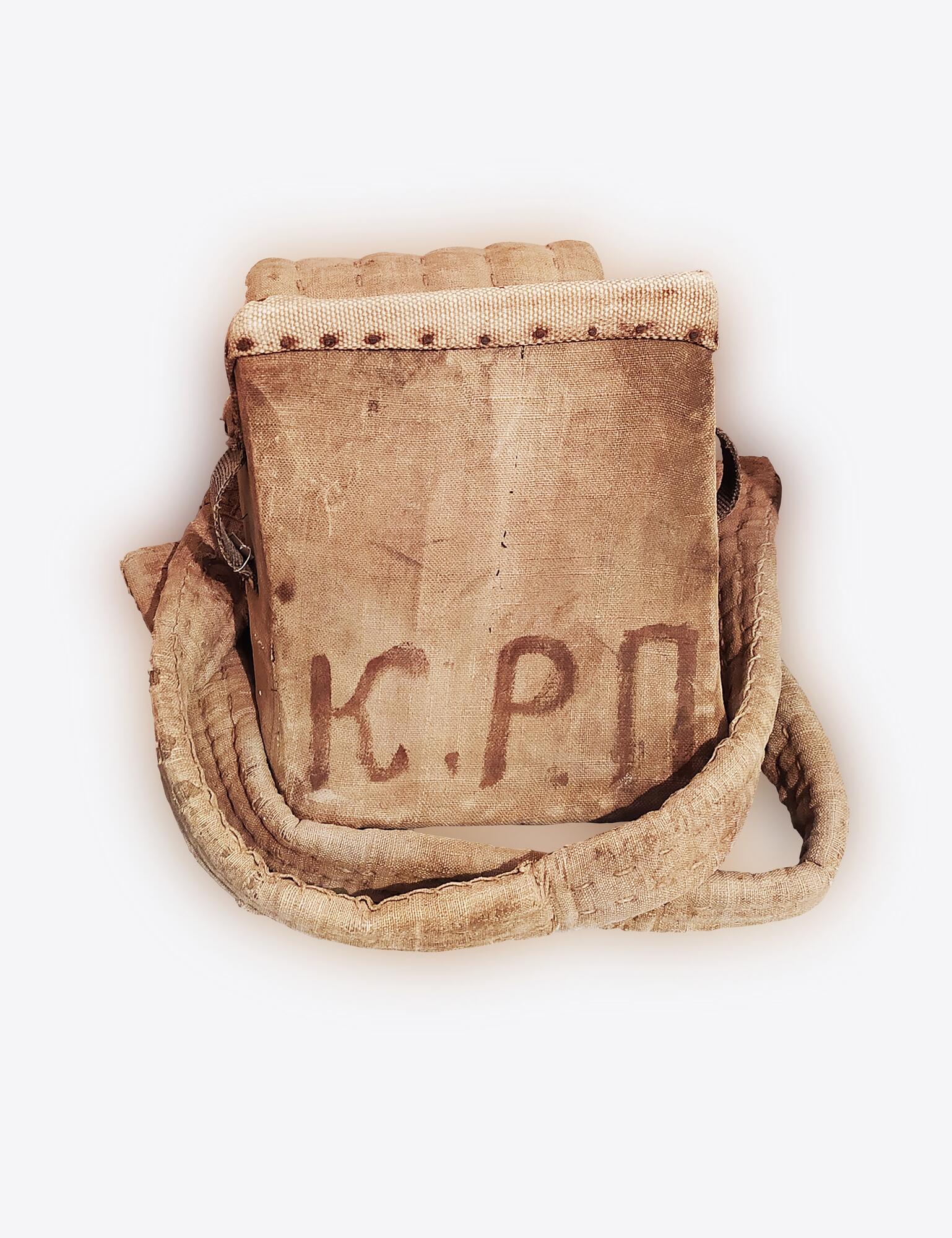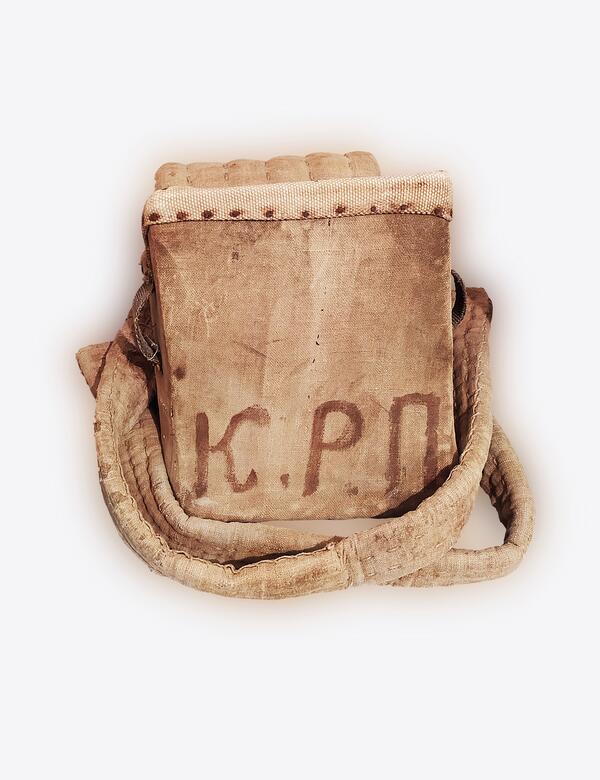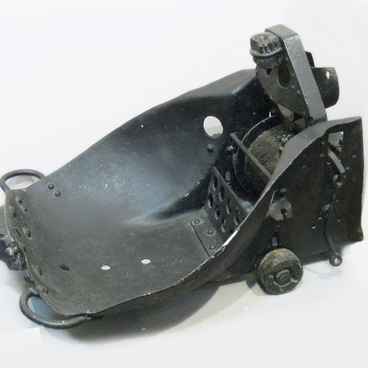This backpack-esque shoulder bag, made of wood, was used by movers in Kótlas as a way to transport loads. It came to the collection of the Kótlas Museum of Local Lore from the National Museum.
A mover is one of the most ancient professions in which a person most often uses physical strength. For-hire movers may have existed in primitive cultures, when a stronger tribesman would help a weaker one carry a harvested crop for a certain fee or share. Later, movers became indispensable during the construction of, for example, the pyramids in Ancient Egypt - stones and blocks had to be loaded onto boats or dragged in order to deliver them from the quarry to their destination.
In the Middle Ages, the profession becomes more in demand due to the development of commodity-money relations. Over time, workers of this profession became engaged in the movement of goods at ports and marinas. They were called dockers.
A mover is one of the most ancient professions in which a person most often uses physical strength. For-hire movers may have existed in primitive cultures, when a stronger tribesman would help a weaker one carry a harvested crop for a certain fee or share. Later, movers became indispensable during the construction of, for example, the pyramids in Ancient Egypt - stones and blocks had to be loaded onto boats or dragged in order to deliver them from the quarry to their destination.
In the Middle Ages, the profession becomes more in demand due to the development of commodity-money relations. Over time, workers of this profession became engaged in the movement of goods at ports and marinas. They were called dockers.





